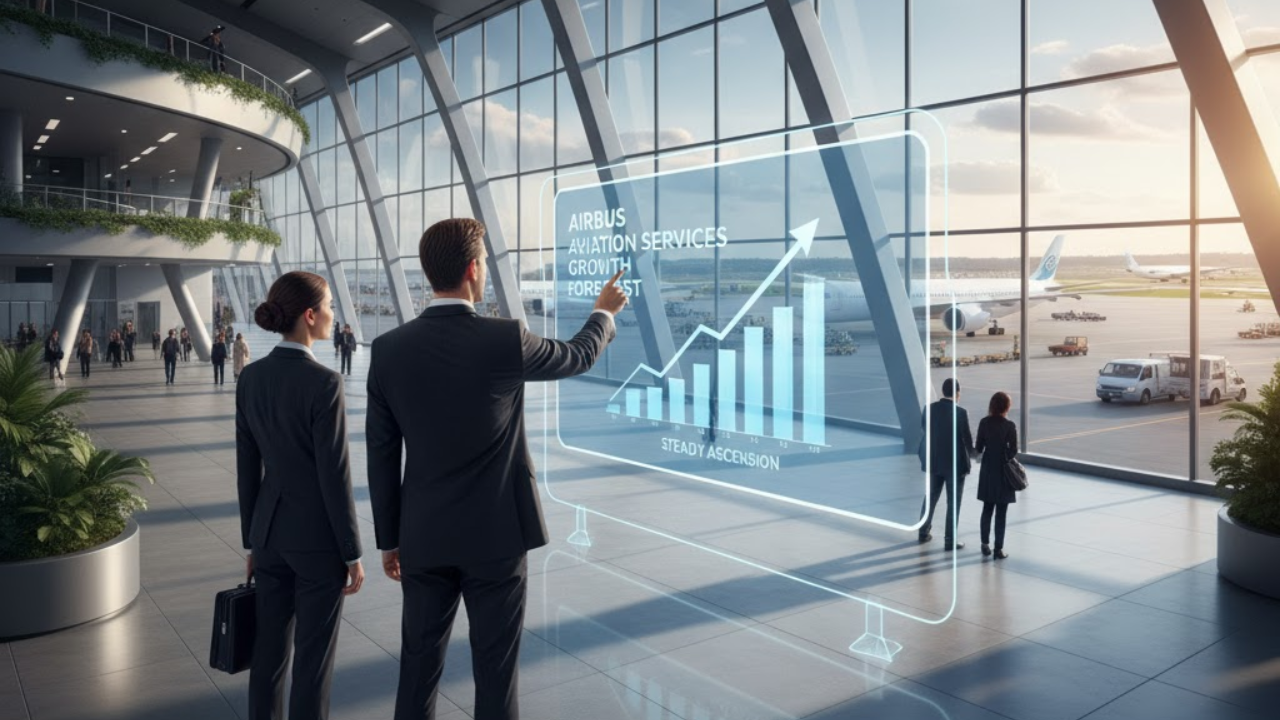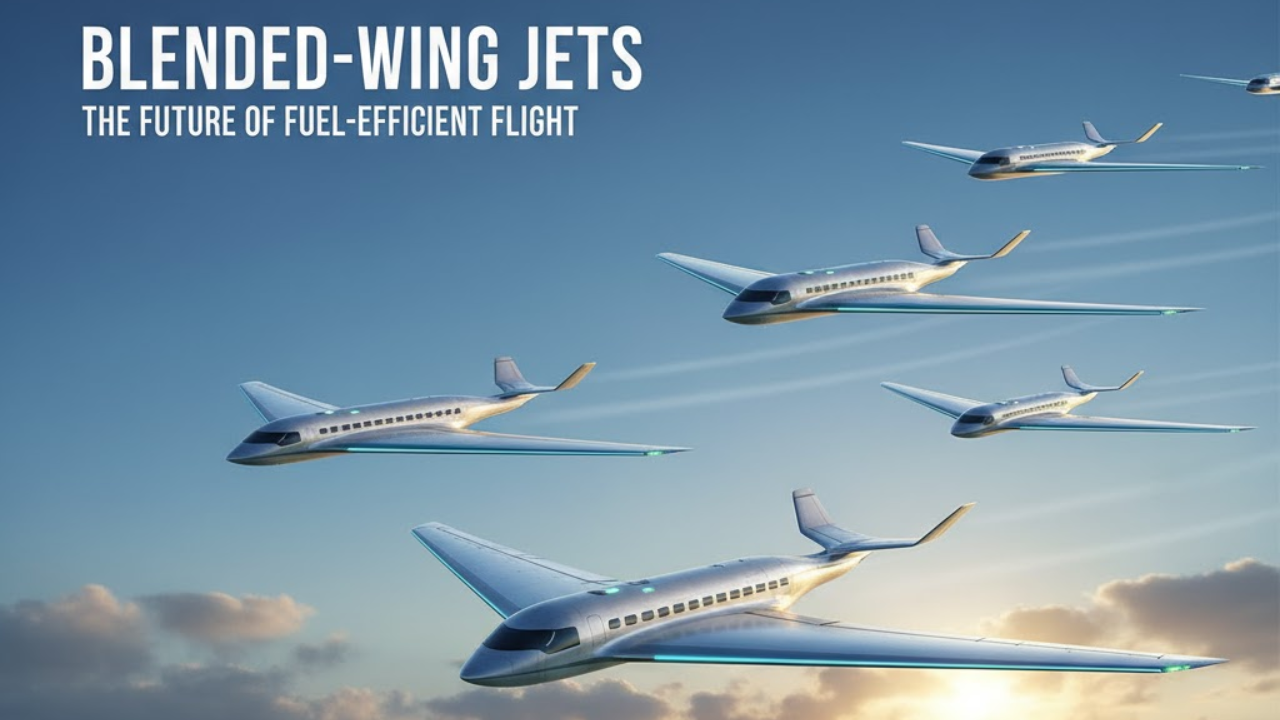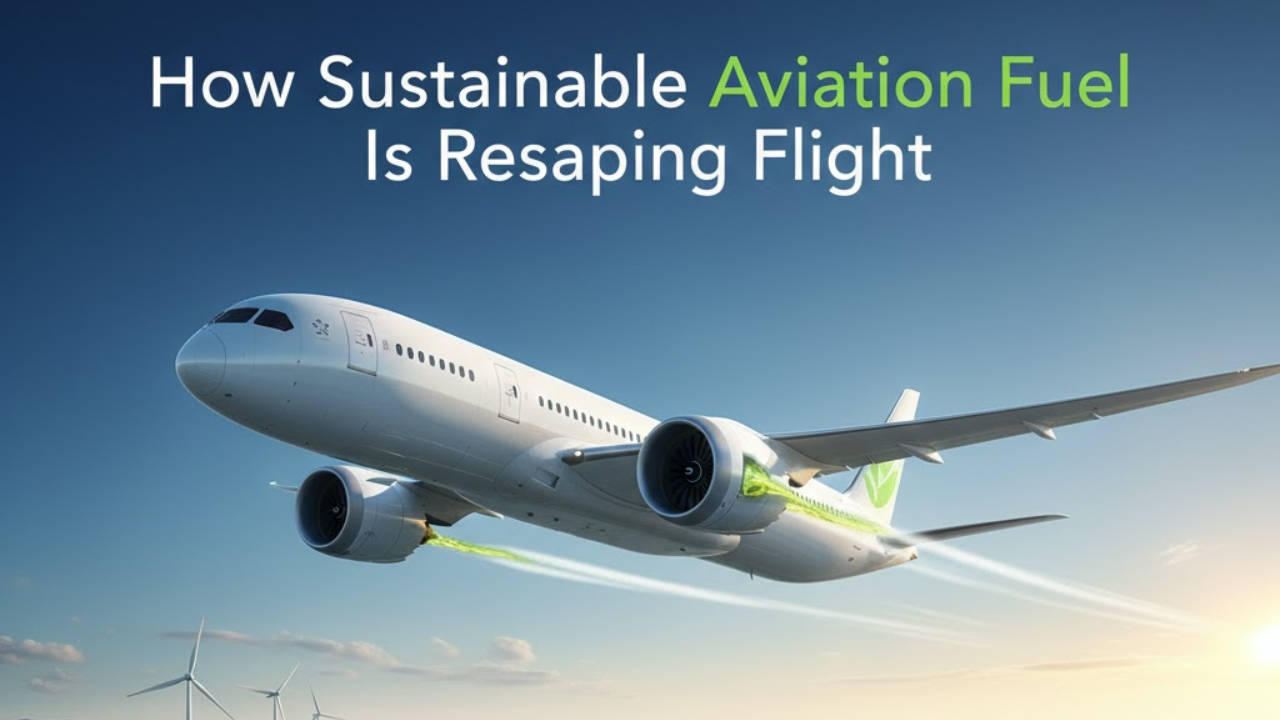
Post by : Meena Rani
After years of turbulence, the global aviation industry is finally cruising back toward growth. But this time, it’s not just about aircraft deliveries or passenger numbers—it’s about services. Maintenance, training, digital fleet management, and predictive analytics are quietly becoming the backbone of modern aviation.
This week, Airbus released a new forecast predicting steady growth across global aviation services, projecting a 10% increase in demand for the upcoming year. It’s a clear signal that the skies are not only open again but expanding faster than many dared to imagine after the pandemic grounded fleets worldwide.
In the past, aviation’s health was measured by how many new planes were being sold. Today, the real momentum lies in aftermarket services—the continuous support that keeps aircraft operational, safe, and efficient.
From pilot training and fleet maintenance to software upgrades and spare parts, these services now represent one of the fastest-growing sectors in aerospace. Airbus estimates that by 2040, aviation services could account for nearly half of its total revenue, surpassing aircraft manufacturing in stability and long-term profitability.
As global airlines recover from COVID-19 disruptions, they’re choosing to extend the life of their existing fleets while optimizing performance through advanced analytics and digital tools. This shift is transforming how the aviation ecosystem functions.
Modern aviation is no longer just mechanical—it’s digital at its core. Airbus’s Skywise platform, for instance, aggregates real-time data from thousands of aircraft worldwide, helping airlines predict maintenance issues before they occur.
Imagine a world where an aircraft can “tell” its engineers what it needs before landing. That’s already happening. Predictive maintenance, AI-driven analytics, and cloud-based performance tracking are reducing downtime, saving fuel, and preventing costly disruptions.
Airlines are also increasingly outsourcing these operations to specialized service providers. Instead of owning massive engineering departments, many carriers now depend on long-term service contracts with OEMs like Airbus and Boeing—a shift that creates stable recurring income for manufacturers while lowering costs for airlines.
With the aviation sector expanding again, pilot and technician training has become a critical focus area. The world will need an estimated 600,000 new pilots and 800,000 maintenance technicians over the next two decades, according to industry data.
Airbus has been investing heavily in simulation-based training centers, virtual classrooms, and digital certifications to bridge this gap. Meanwhile, countries in Asia, including India and Vietnam, are emerging as global talent hubs for aviation training and maintenance services.
The company’s forecasts highlight a key demographic reality: much of this growth will come from emerging markets, where passenger demand and fleet expansion are rising exponentially.
The next wave of service growth is not just technological—it’s environmental. Airlines are turning to service providers for help in meeting sustainability targets, from optimizing flight paths to reducing carbon emissions through fuel efficiency programs.
Airbus’s latest initiatives include digital flight operations software that reduces unnecessary fuel burn and integrates Sustainable Aviation Fuel (SAF) usage into airline planning systems.
In parallel, the growing focus on aircraft lifecycle management—the recycling and refurbishment of older planes—adds a new layer of opportunity for the aviation service market. Instead of scrapping aircraft early, airlines are extending their lives through reconfiguration and hybrid retrofits, especially for cargo operations.
North America and Europe still dominate aviation services revenue, but the Asia-Pacific region is leading the next expansion phase. Rapidly growing airlines, government investment in infrastructure, and booming tourism are all converging to create new demand for support ecosystems.
In India alone, the Ministry of Civil Aviation expects the domestic fleet to double by 2030, driving a parallel surge in maintenance, training, and digital service requirements.
Latin America and the Middle East are also emerging as critical service markets, focusing on regional connectivity and long-haul fleet optimization.
The aviation services sector is quietly reshaping the business model of aerospace giants. Instead of cyclical revenue spikes tied to new aircraft sales, service contracts offer steady, predictable income—and deeper customer relationships that can last decades.
For Airbus, the vision is clear: to evolve from being merely a plane manufacturer to becoming a complete aviation solutions provider. Its ecosystem now spans maintenance, analytics, pilot training, digital flight systems, and even sustainability consulting.
As the skies grow busier again, this integrated approach may become the defining advantage of the aviation industry’s next chapter.
The modern airline no longer just flies—it connects, computes, and conserves. Each flight today generates terabytes of data, managed by a global web of engineers, analysts, and AI systems working around the clock.
In many ways, the future of aviation will be written not just in airports or cockpits but in code and algorithms. Airbus’s steady forecast for 2025 and beyond confirms that aviation’s next growth engine won’t be made of metal—it’ll be powered by intelligence, data, and innovation.
Disclaimer:
This article is intended for informational purposes only. While based on current forecasts and industry trends, readers are encouraged to consult verified sources for the latest developments in global aviation.
Airbus forecast, aviation services, air travel growth, aerospace trends, aviation recovery, maintenance services, airline demand, aviation market 2025










Bengaluru-Mumbai Superfast Train Approved After 30-Year Wait
Railways approves new superfast train connecting Bengaluru and Mumbai, ending a 30-year demand, easi

Canada Post Workers Strike Halts Nationwide Mail and Parcel Services
Canada Post halts operations as CUPW strike disrupts mail and parcel delivery nationwide amid disput

PM Modi Launches BSNL ‘Swadeshi’ 4G Network, 97,500 Towers Built
India enters global telecom league as PM Modi inaugurates BSNL’s indigenous 4G, connecting 26,700 vi

India’s Iconic MiG‑21 Takes Final Flight After Six Decades of Service
After 60 years India retires its MiG‑21 fighter jet, a legendary yet controversial warplane marking

Hindustan Zinc unveils AI hotspot monitoring at Debari smelter
Hindustan Zinc launches AI-powered Switchyard Hotspot Monitoring at Debari smelter to cut outages bo

Chinese experts worked inside sanctioned Russian drone plant
Chinese drone specialists visited IEMZ Kupol supplying parts and drones via intermediaries, deepenin